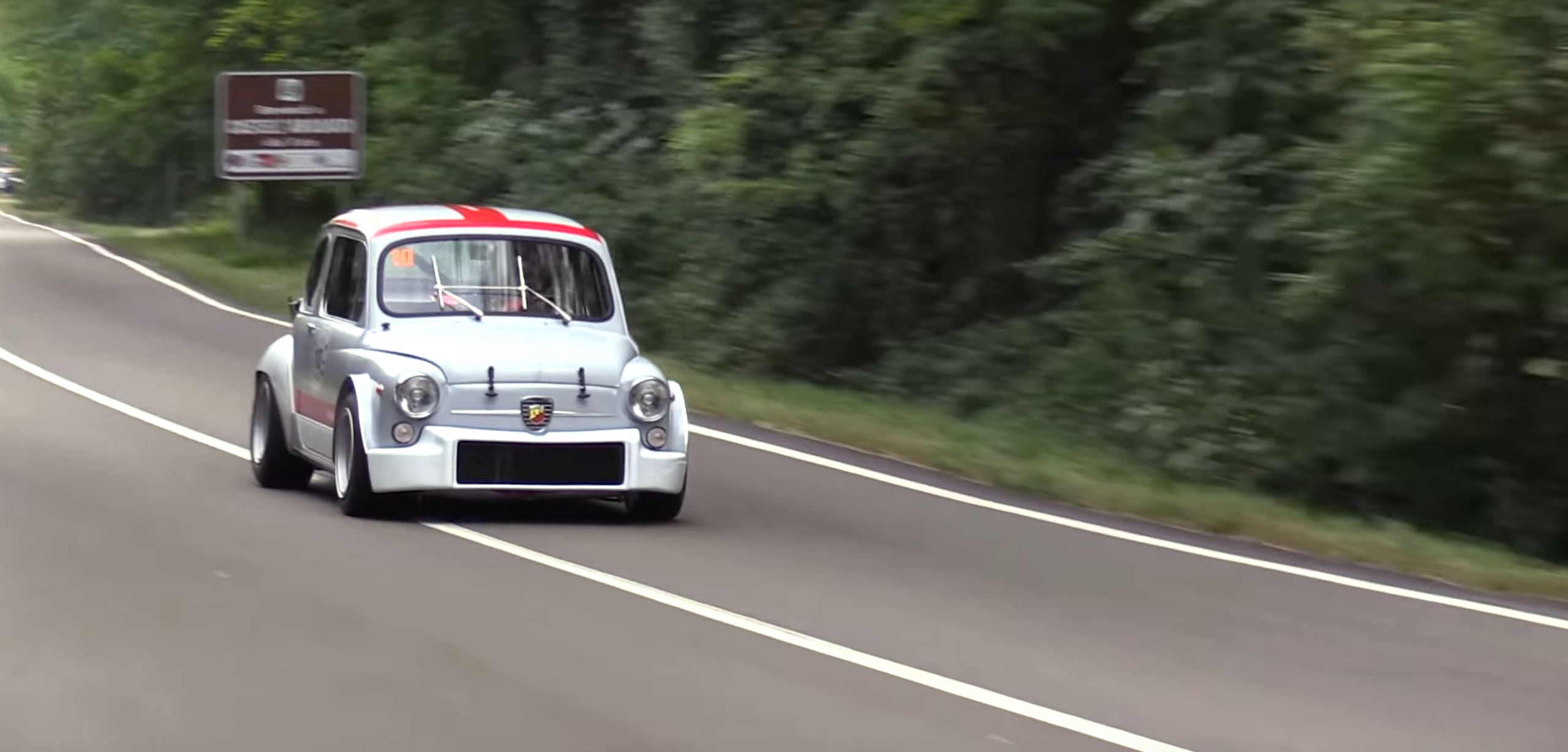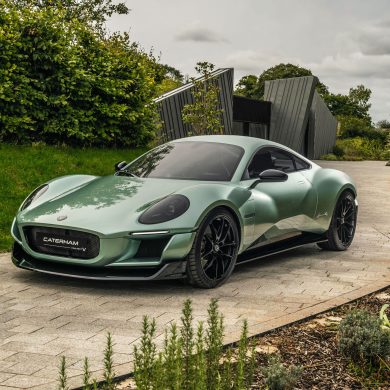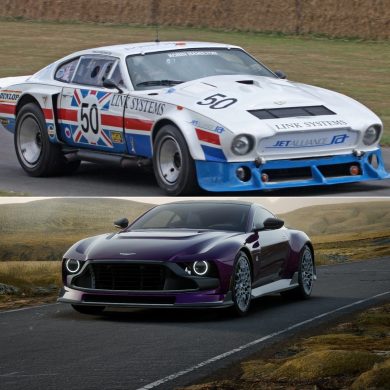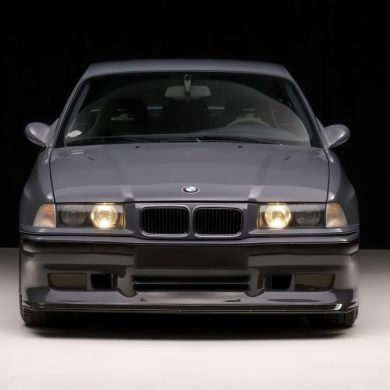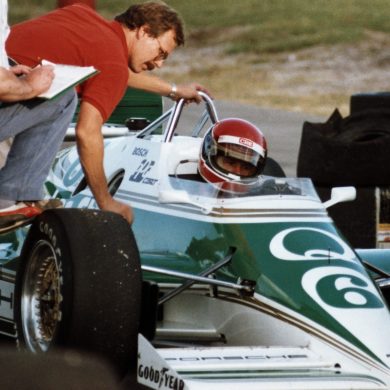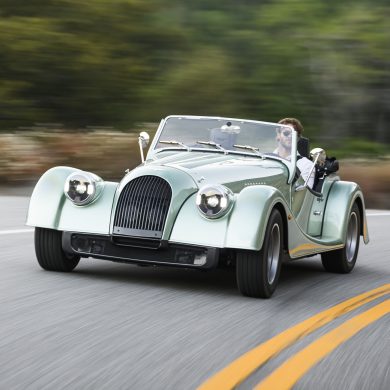Originally planned to take place in June, the 25th running of the Vernasca Silver Flag, an annual Concours d’Elegance and hill climb was run from September 10th to 12th instead. Italy is very sensitive about pandemic warnings, rightly so, and as such rescheduled the event when there was a small flare-up of variant strains in the early summer of 2021.
A rebirth of the Castell’Arquato-Lugagnano-Vernasca hill climb that was held between 1953 to 1972, the event is put on by Club Piacentino Automotoveicoli d’Epoca and is free to attend for spectators. Official entrants are either private invitees, or must prove that they have a vintage car in running, hill-climb capable order. This keeps the entries exclusive, and some of the most beautiful and rare classic sports cars are therefore only able to be seen doing what they do best at this event.
As it so happens, one of our favorite YouTubers around the office attended this event with his excellent camera and audio setup, so we really must thank 19Bozzy92 for putting together this compilation of the event with nothing but raw sound.
This year, some especially rare cars showed up, chief among them the only known remaining Auto Avio Construzioni 815 that is still in running condition. This car is special because it was produced in extremely small quantity, and was the first car that was officially designed by someone with the last name Ferrari. Due to a legal issue, the car was unable to be branded a Ferrari, and was one of the many reasons that prompted Enzo to leave Alfa Romeo and form his own company.
With several original and replicas, the Lancia Stratos was a definite hit at the show. Among the originals was a beautiful yellow 1973 Stratos HF Stradale (road) version, with its insanely small cabin and short wheelbase looking in premium condition. The Stratos is still one of the most popular rally cars ever made, as it had the styling of Bertone, a Ferrari Dino V6 engine with well over 200 HP, and a short-as-hell wheelbase that made it insanely agile, if a touch unstable, around corners on both tarmac and gravel. The Stradale homologation version was down-tuned to “only” 190 HP, but with the car weighing less than a ton, even with the street version interior, it was, and still is, a rocketship for the road.
A few original Competizione versions also showed up, such as this original Group 4 1974 World Rally Championship Stratos HF with sponsorship by Rino Fabbri Editore publishing house, Jolly Club, and MocAuto.
Because the route was on close roads, and there would be an official police escort between the end of the hill climb and the Concours/paddock area, many non-road-legal sports cars showed up. Among them was this exquisite, fully running, and race-ready Abarth 2000 Prototipo Group 4 was let loose on the hill. Powered by a 1.9L inline-four engine that was hung as far back as the chassis could sustain, driving the rear wheels through a 5-speed box, the Abarth 2000 Prototipo (later renamed the Abarth 2000 Sport) was raced between 1969 and 1973. It is remembered vividly by vintage racing enthusiasts in Italy as a very common sight at Group 4 races, including the 1971 1000KM of Monza, where it won its class outright, and came in 11th overall.
During the actual hill climb portion of the video (and naturally event), one of the most surprising entrants to see was a vintage 1960’s TVR Griffith 200. These small English race cars were designed by John Griffith after a dinner meeting with one Carroll Shelby, where he claimed he could design a car that would beat Shelby’s Cobra race cars. With probably the biggest shoehorn he could find, a few strikes of a sledgehammer, and by making the body out of fiberglass over a steel tubular frame, he did eventually make a race car that, on paper, did in fact compete with the Cobra. Powered by a scarcely believable 4.74L Ford 289 V8, this little rocket weighed about as much as a sneeze and put 280 HP through a four-speed ZF box to the rear wheels. It requires absolutely razor-sharp reactions to drive, as it is very prone to want to swap ends because of the power and light weight of the car.
Of course, this being Italy, you couldn’t really escape the enjoyment of the hill climb without seeing at least a couple of Fiats. One of the most special is a 1976 Fiat 131, which Abarth took into its shop, smacked some rallying bits on it, gave its engine a makeover, and tossed it back on the road as the 1976 Fiat 131 Abarth Rally. They are also particularly rare to find in working order, as many were entered by privateers in rally events and sustained damage, sometimes terminal for the chassis. These cars are often mislabelled, because Abarth, in the promotion of their own tuning skills, painted “Fiat 137” across the front grille. This is in reference to taking the 89 HP 1.7L inline-four from the US export version, tearing it down literally to the washers under the bolts, and building it up into the 1.9L Abarth Rally inline-four. This engine, which had entirely new valve covers, 16 instead of 8 valves, and dual overhead cams, produced… well, you guessed it, 137 HP.
Yet, it wouldn’t be a proper vintage hill climb if a pre-war car wasn’t seen running on the road! The final car that we’ll highlight today is a gorgeous 1934 Alfa Romeo 8C 2300 Touring Spider, from the days when it was wealthy gentlemen in exceptionally designed cars that participated in the grand prix and road races that were popular in Italy at the time. The 2300 Touring Spider was a special car, as it featured one of the few inline-eight engines of its time. This 2.3L was naturally aspirated and had a high-tech-for-the-time all-aluminum construction. It produced 142 HP, and through the use of lightweight materials, the 8C 2300 Touring Spider was only 980 kg, or just about 2,200 lbs. This made it extremely fast for its time, with a top speed of 105 MPH, one of the first gentleman racers to be able to breach the magical 100 MPH barrier.


